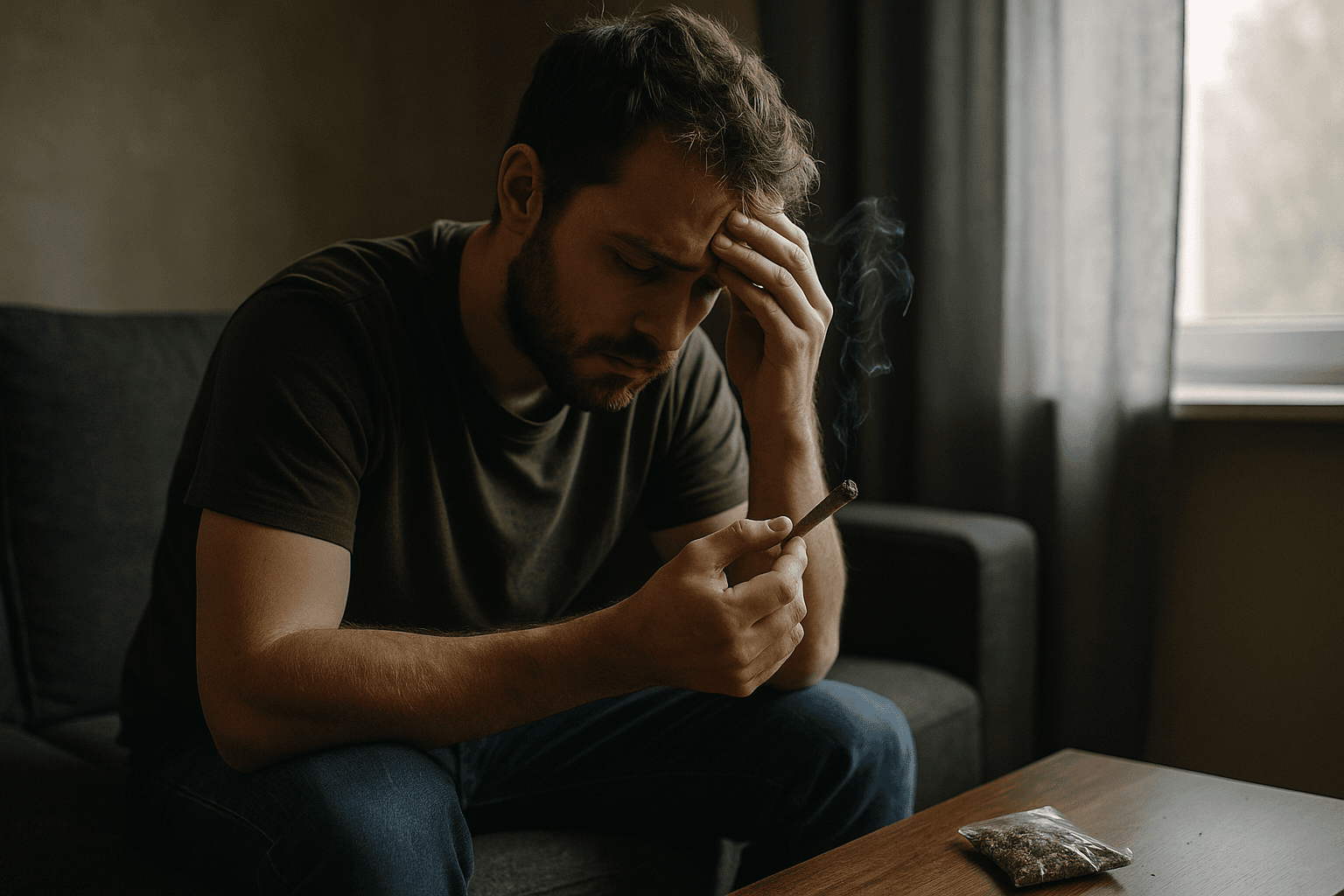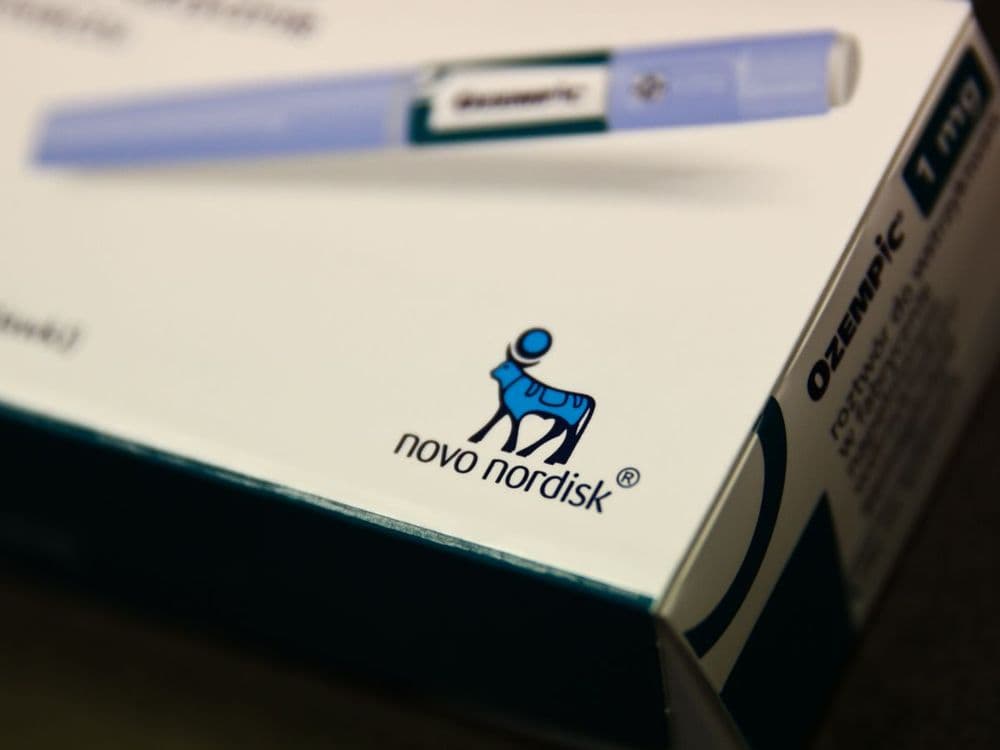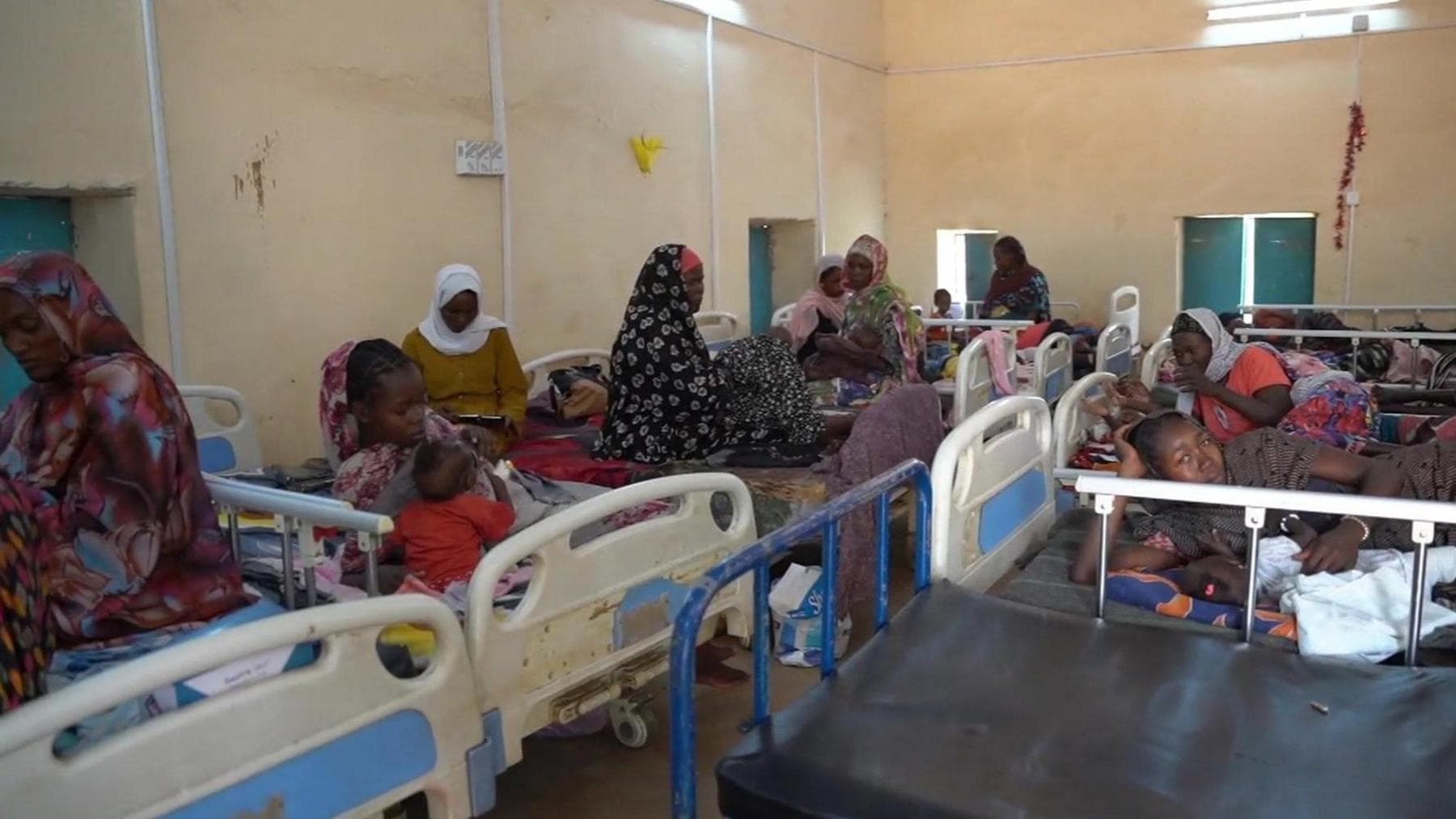More People Meet Criteria for Cannabis Addiction, Fewer Seek Help
New analyses show that as marijuana becomes legal in more places and products grow more potent, prevalence estimates of cannabis use disorder are rising while treatment seeking is falling. This matters because reduced engagement with services could increase untreated harms, strain public health systems, and deepen disparities in communities already facing obstacles to care.

Public health researchers and reporters are documenting a paradox at the center of America s changing approach to marijuana. As legalization spreads and high potency products become more common, population level estimates of cannabis use disorder are climbing, yet fewer people who meet criteria for a disorder are entering treatment. The divergence is prompting fresh concern from clinicians, public health officials, and community advocates about prevention, access to care, and health equity.
Epidemiologists and analysts point to several drivers. Changes in law and public messaging have shifted social norms and lowered perceptions of harm, reducing the urgency that once pushed some users into services. At the same time the market has evolved with concentrates and edibles that deliver higher levels of THC, which may increase the risk of dependence among regular users. Reporting that accompanied recent analyses documented patient stories of long term daily use, escalating tolerance, difficulty cutting back, and reluctance to seek formal treatment because of cost, stigma, or doubts about the relevance of available services.
Clinicians in addiction medicine and behavioral health describe a more complex clinical picture. They report seeing people with more severe withdrawal symptoms and greater co occurring mental health needs linked to intensive cannabis use. Yet many specialty programs report stagnant or falling referrals for cannabis related care, even as primary care and emergency departments record more cases where cannabis plays a role in functional decline. Workforce shortages, inadequate insurance coverage, and narrow eligibility criteria for publicly funded programs all contribute to gaps between need and service utilization.
The public health implications are consequential and unevenly distributed. Communities that already face barriers to care, including low income neighborhoods and people with prior criminal legal involvement, are at elevated risk of remaining untreated. That raises concerns about widening disparities in addiction outcomes as policy liberalization proceeds. Public health leaders warn that failing to adapt prevention messaging leaves younger people and pregnant people particularly vulnerable, because changing norms can obscure clear information about developmental risks.

Policy responses being discussed emphasize expanding access and lowering barriers. Advocates and health officials argue for integrating screening and brief interventions into primary care, increasing Medicaid and commercial insurance coverage for evidence based treatments, and investing in the addiction treatment workforce. They also call for stronger surveillance to track patterns of use, potency trends, and treatment gaps so resources can be targeted where need is growing.
As jurisdictions continue to legalize cannabis and commercial markets mature, experts say a proactive public health approach will be essential. That includes honest public education about risks, equitable investments in treatment and harm reduction, and policies designed to ensure that access to legal cannabis does not leave unmet health needs to accumulate in communities already most vulnerable.


